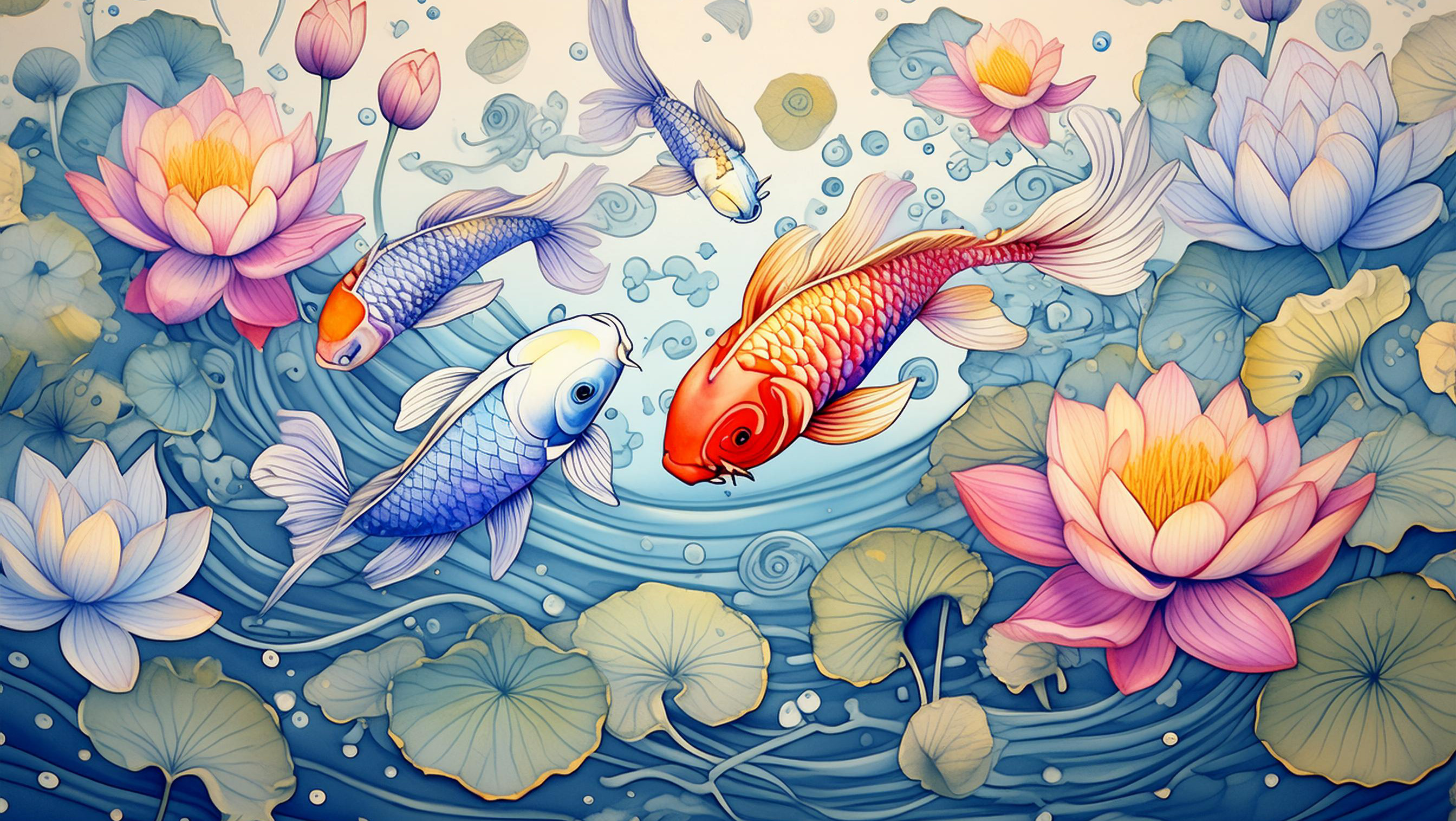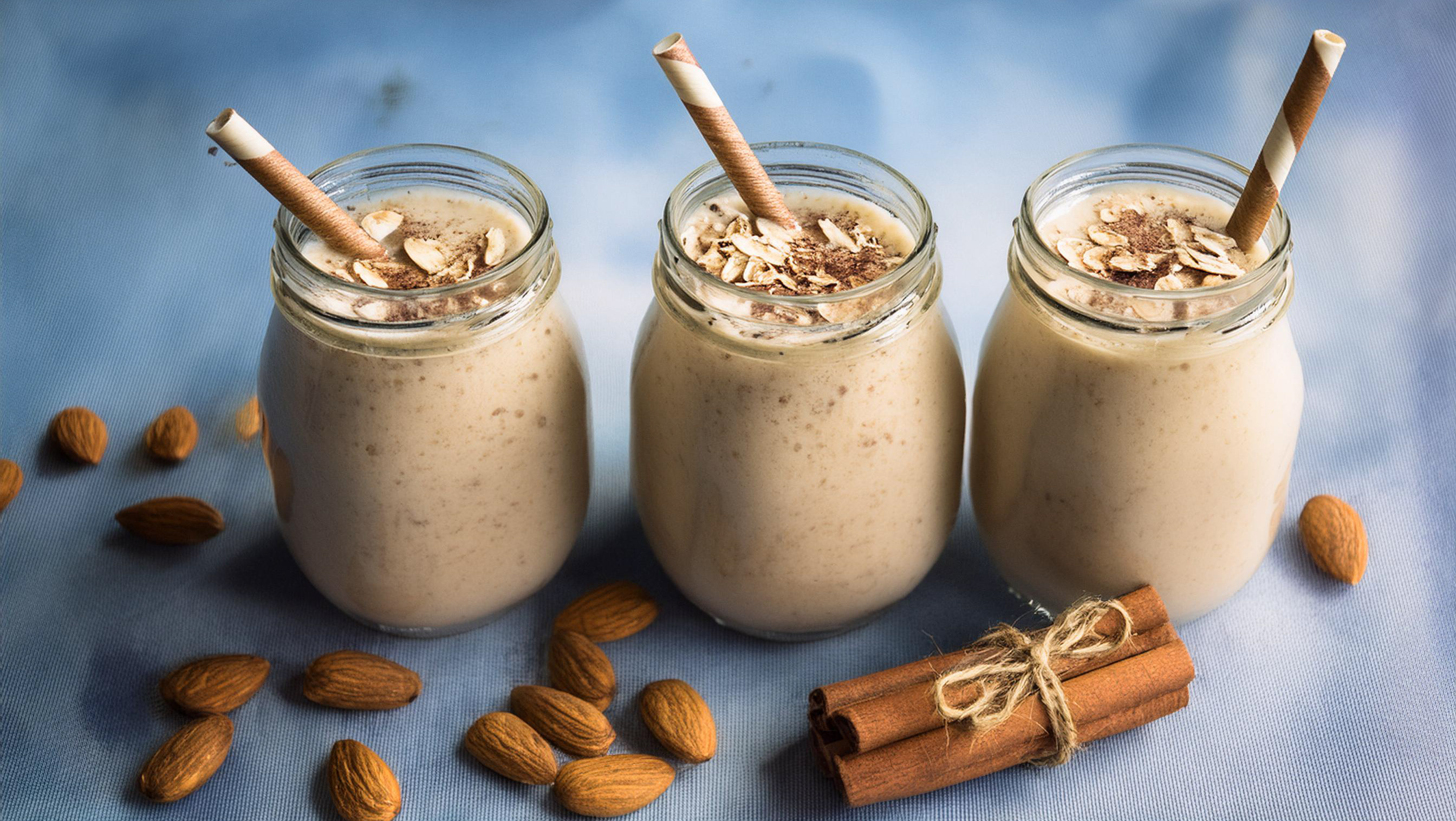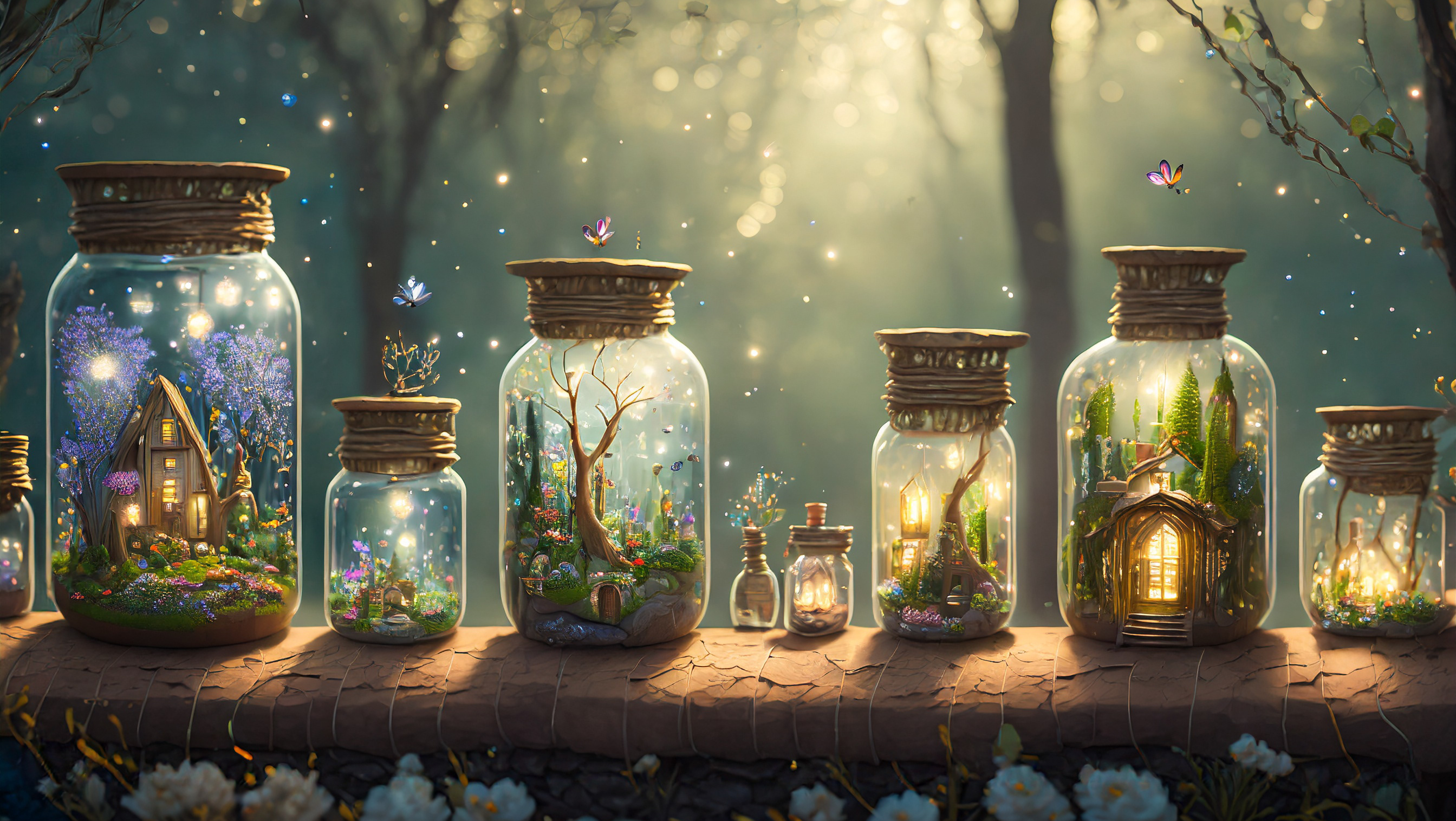The gender ratio imbalance at Kizomba festivals, where there are typically more female than male participants, is influenced by several interconnected factors:
General Dance Demographics:
Across many partner dance styles, including Kizomba, there tends to be a higher proportion of female participants. For instance, in the US, about 73.4% of dancers are female, while only 26.6% are male. This existing imbalance in the broader dance community naturally extends to Kizomba festivals.
Cultural and Social Factors:
In many societies, dance is seen as a more socially acceptable activity for women than for men. Women often begin participating in dance activities at a younger age, leading to a larger pool of experienced female dancers. This early exposure fosters a lasting interest in dance that carries into adulthood and participation in events like Kizomba festivals.
Perceptions of Masculinity:
Traditional notions of masculinity can conflict with the image of male dancers, creating barriers for men's participation. The sensual nature of Kizomba may further deter some men who feel uncomfortable with close physical contact or worry about how their participation might be perceived. These perceptions can discourage men from attending Kizomba festivals.
Marketing and Promotion:
Dance events, including Kizomba festivals, are often marketed in ways that appeal more to female audiences. Promotional materials may emphasize the emotional and social aspects of dance or focus on the sensuality and intimacy of Kizomba, which can attract more female participants while potentially deterring some men.
Travel and Social Dynamics:
Kizomba festivals often require travel, and studies suggest that women may be more willing to journey for dance events. Additionally, the existing imbalance can create a self-reinforcing cycle where events with more women attract even more female participants over time.
Community Support and Networks:
Women tend to build strong social networks within dance communities, encouraging each other to attend festivals and events. These networks can help sustain female participation, as friends and acquaintances influence one another to join.
Event Programming and Workshops:
The structure of Kizomba festivals often includes workshops and sessions that may appeal more to women, focusing on aspects like styling, emotional expression, and connection. These elements can be more attractive to female dancers, further contributing to the gender imbalance.
By understanding these factors, event organizers can work towards creating a more balanced environment. Initiatives could include targeted marketing to men, offering beginner-friendly workshops to attract new male dancers, and emphasizing the inclusive and social nature of Kizomba to break down gender stereotypes.
For further delve on the topic, please visit my article collection.







